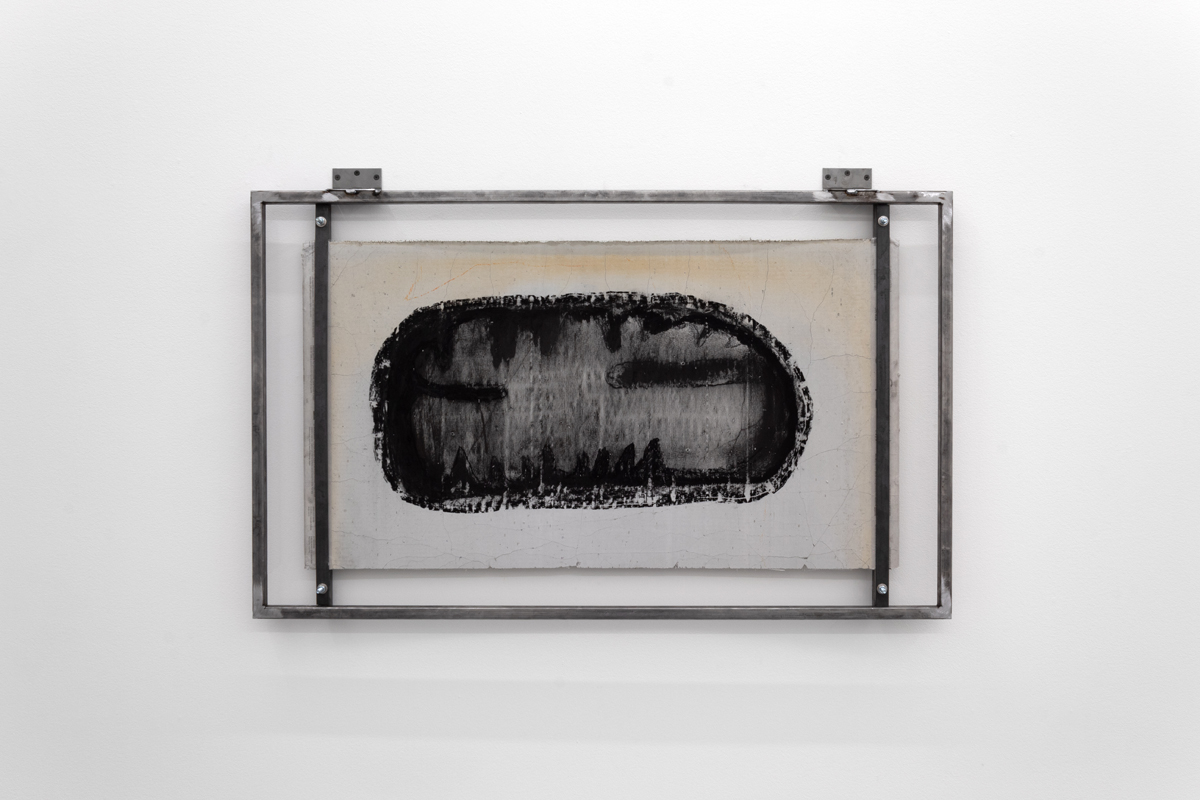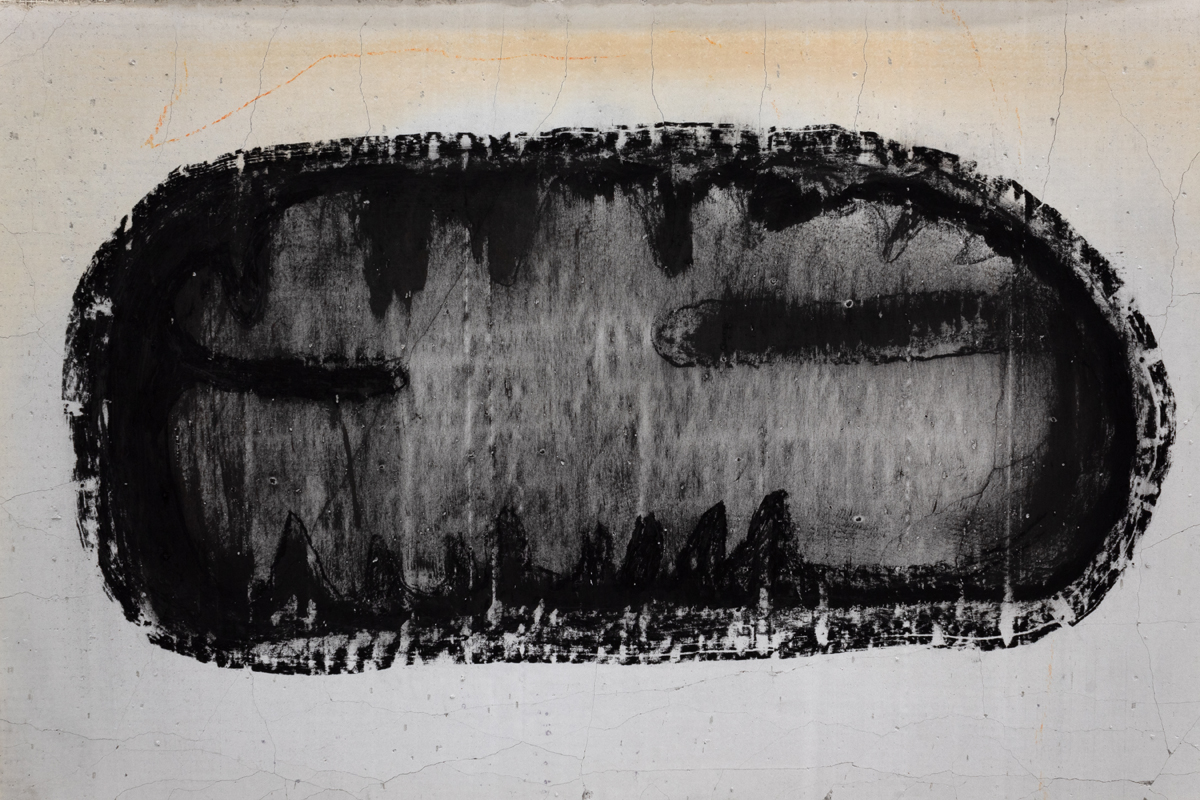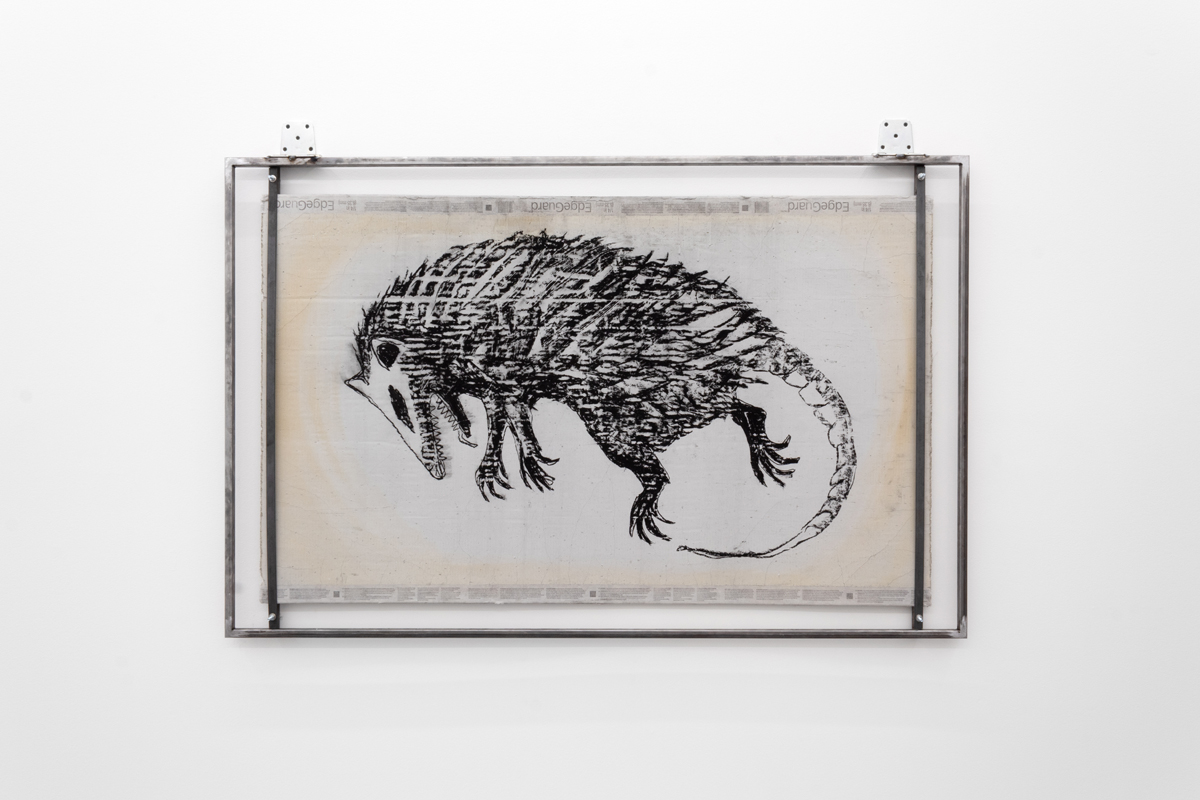
From the perspective of complementary opposites that set the cosmos in its dynamic motion, there is, for the Otomí, a primary division in the separation between day and night. “This day/night asymmetry is marked by the opposition between two paradigmatic figures”: one of them is the night, which belongs to the Devil, and to him, the half of the world where the Otomí people, his children, live. In the Otomí worldview, the Devil acts as the demiurge of their destinies, creating and undoing in the night.
(…) the conjunction and disjunction of the various entities that inhabit the body during the day are carried out at night, when they come out to frolic along the path of dreams, where they meet and part according to the circumstances; as it ritually happens during the celebration of Carnival: a hallucinatory ritual where a sort of “clinical history” (“pulse measurement” or “calibration of forces”) can be read. A way to identify and name the instances involved in the process of reorienting the world.
![]()

Installation view
![]()

Installation view
![]()
 The Dream and the Intoxication (Pedo de Zorrillo),
The Dream and the Intoxication (Pedo de Zorrillo), 2024
charcoal over fiber cement panel, hinges, steel framing
![]()
 The Dream and the Intoxication (Pedo de Zorrillo),
The Dream and the Intoxication (Pedo de Zorrillo), 2024
charcoal over fiber cement panel, hinges, steel framing
![]()
 The mirror that smokes (Caca de Cacomixtle),
The mirror that smokes (Caca de Cacomixtle), 2024
charcoal over fiber cement panel, hinges, steel framing
![]()
 The mirror that smokes (Caca de Cacomixtle),
The mirror that smokes (Caca de Cacomixtle), 2024
charcoal over fiber cement panel, hinges, steel framing
![]()

Installation view
![]()
 The Maw (Una Etnología de la Transición),
The Maw (Una Etnología de la Transición), 2024
lithographic crayon, oil & charcoal over fiber cement panel, hinges, steel framing
![]()
 The Maw (Una Etnología de la Transición),
The Maw (Una Etnología de la Transición), 2024
lithographic crayon, oil & charcoal over fiber cement panel, hinges, steel framing
![]()

Installation view
![]()
 The world was created by fire, by dance (Mapa del sol muerto),
The world was created by fire, by dance (Mapa del sol muerto), 2024
steel tubes, propane tank, matches, gas tubing, sealant, fire
![]()
 The world was created by fire, by dance (Mapa del sol muerto),
The world was created by fire, by dance (Mapa del sol muerto), 2024
steel tubes, propane tank, matches, gas tubing, sealant, fire
![]()
 The world was created by fire, by dance (Mapa del sol muerto),
The world was created by fire, by dance (Mapa del sol muerto), 2024
steel tubes, propane tank, matches, gas tubing, sealant, fire
![]()
 The world was created by fire, by dance (Mapa del sol muerto),
The world was created by fire, by dance (Mapa del sol muerto), 2024
steel tubes, propane tank, matches, gas tubing, sealant, fire
![]()

Installation view
![]()

Installation view
![]()
 An erratic form (Estertor de Tlacuache),
An erratic form (Estertor de Tlacuache), 2024
charcoal over fiber cement panel, hinges, steel framing
![]()
 An erratic form (Estertor de Tlacuache)
An erratic form (Estertor de Tlacuache) 2024
charcoal over fiber cement panel, hinges, steel framing
![]()

Installation view
![]()

Installation view
![]()
 Visit from a relative (Araña)
Visit from a relative (Araña) 2024
objet trouvé, ice, alcoholic beverages, maguey skin, steel skeleton
![]()
 Visit from a relative (Araña)
Visit from a relative (Araña) 2024
objet trouvé, ice, alcoholic beverages, maguey skin, steel skeleton
![]()
 Visit from a relative (Araña)
Visit from a relative (Araña) 2024
objet trouvé, ice, alcoholic beverages, maguey skin, steel skeleton
Alberto Ortega Trejo is a Mexican artist, researcher and architectural designer. His work uses architecture, drawing, sculpture, writing and video to explore histories of indigeneity in architectural modernity and the production of extreme environments in the Americas. He has been an IDEAS Fellow of the Society of Architectural Historians and a grantee of Jumex Foundation for Contemporary Art, Andrew W. Mellon Foundation, and DCASE, among others. His work has been shown at DePaul Art Museum, BienalSur, Ca’ Foscari Zattere, Rhona Hoffman Gallery, Andrew Rafacz Gallery, Uri-Eichen Gallery, SpaceP11 and Centro de Arte y Filosofía. He has been a guest speaker for institutions and organizations like MoMA’s Emilio Ambasz Institute x DocTalks, the American Institute of Architects, the Society of Architectural Historians, University of Chicago´s Committee on Environment, Geography and Urbanization, Smart Museum of Art, Materia Abierta, UPenn, MAS Context and CENTRO. He is a Lecturer on Architecture History at the Department of Art History at the School of the Art Institute of Chicago, the Program Manager of the Katz Center for Mexican Studies of the University of Chicago and a designer with clients like the Singapore Art Museum, the Art Institute of Chicago and other esteemed cultural institutions.























